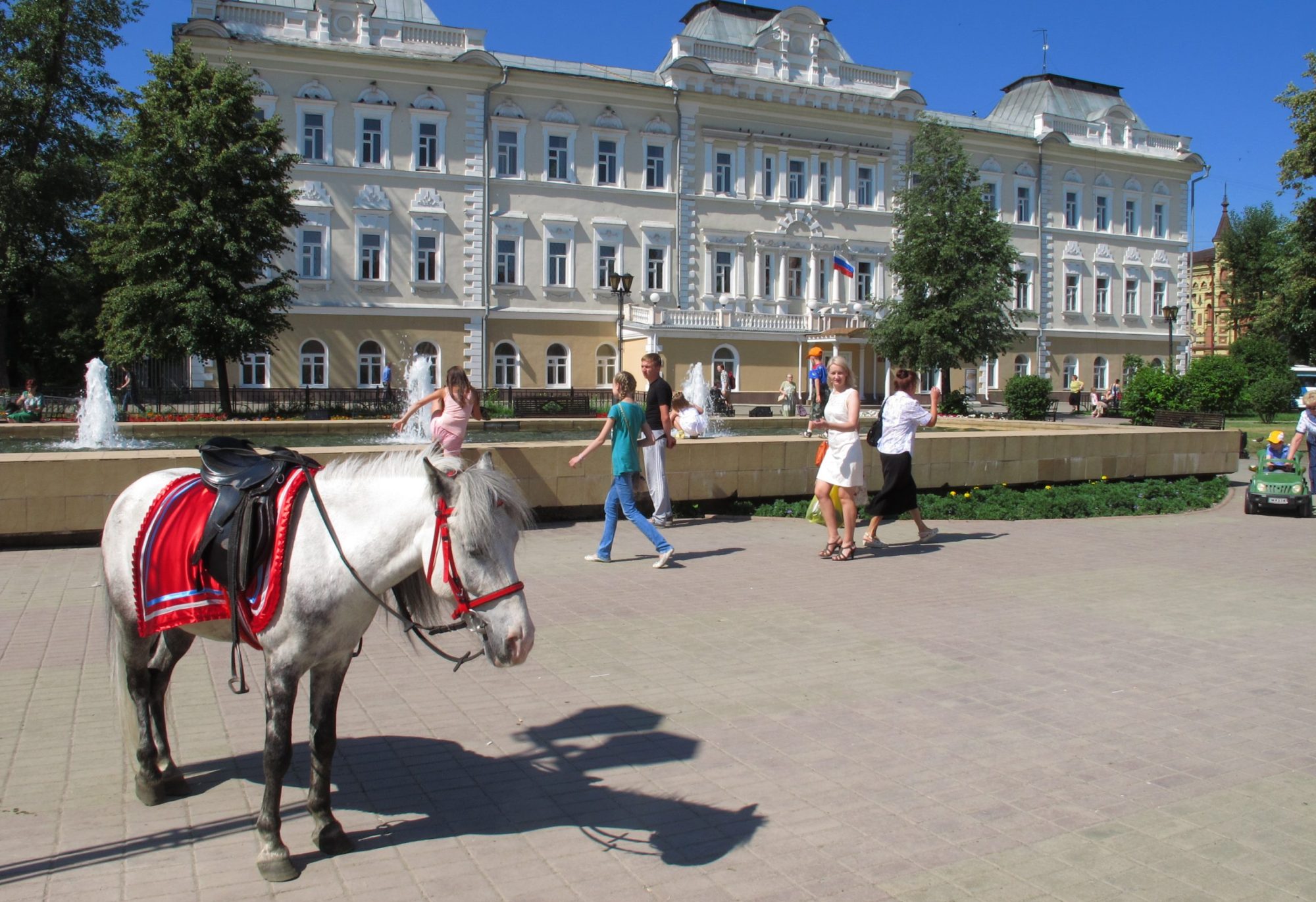A recent piece in the Irish Times on Sino-Irish equine links could’ve been an advertorial for the country’s horse bodies. The report on the Irish participation at the autumn HORFA trade show in Shanghai was clearly helped with information from an earlier China Daily story. But it did helpfully point out the presence in Shanghai of Prof Ann Cullinane of the Irish Equine Centre, the laboratory responsible for the diagnosis and control of equine disease in Ireland. According to the Irish Times:
“Cullinane has been designated expert in the field of equine influenza, one of only four in the world, by the World Organisation For Animal Health (OIE), which is the veterinary equivalent of the WHO. Her lab has been twinned by the OIE with the National Veterinary Institute of China in Harbin. “The aim of the OIE-funded twinning is to transfer sufficient expertise from the Irish Equine Centre to Harbin Veterinary Institute to enable the Chinese laboratory to become the first OIE reference laboratory for equine influenza in Asia,” she said. The cooperation with Harbin, predicted Cullinane, will be a platform for transfer of other Irish equine know-how to China. Hopefully.
The Economist article meanwhile gives credence to the fanciful Tianjin Equine Culture City, which at an estimated cost of $2 billion will have two racetracks and be home to 3,000 horses. “Racing is due to start in 2014, the Year of the Horse,” says the magazine, noting “Chinese delegations have this year visited breeders and trainers in Ireland to buy horses, and made similar trips to Canada and France to sound out expertise. Irish racing’s governing body employs a full-time representative in Beijing. Darley has started an equine training school for Chinese university graduates…”
